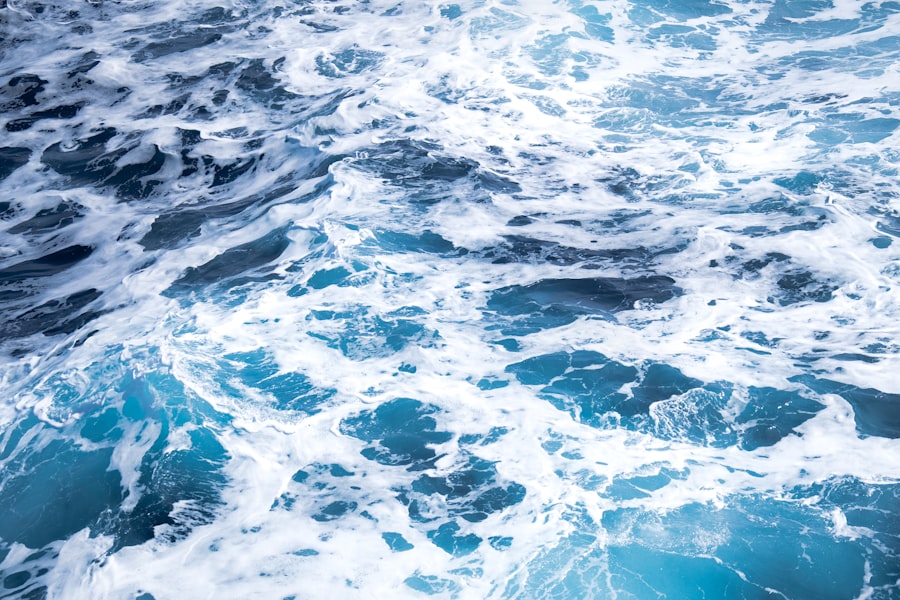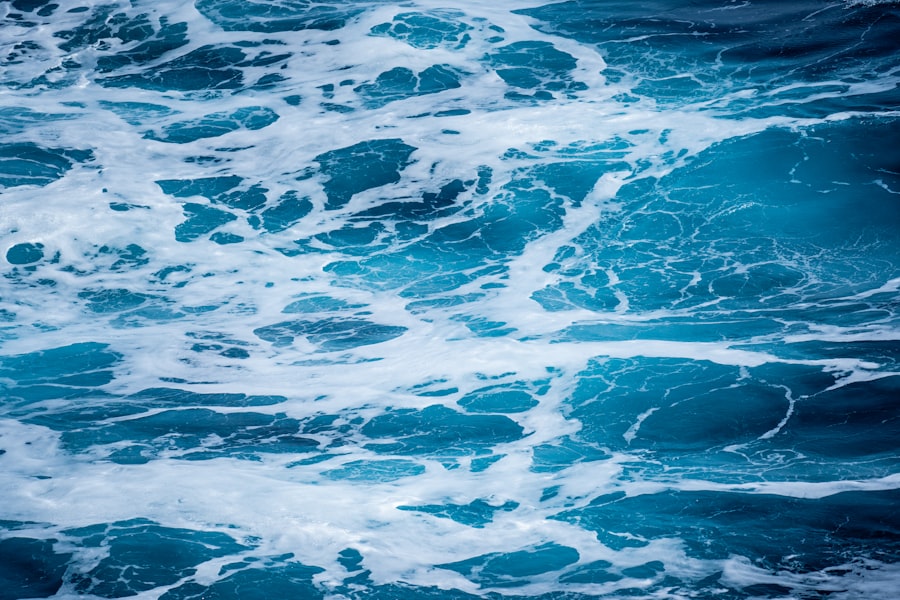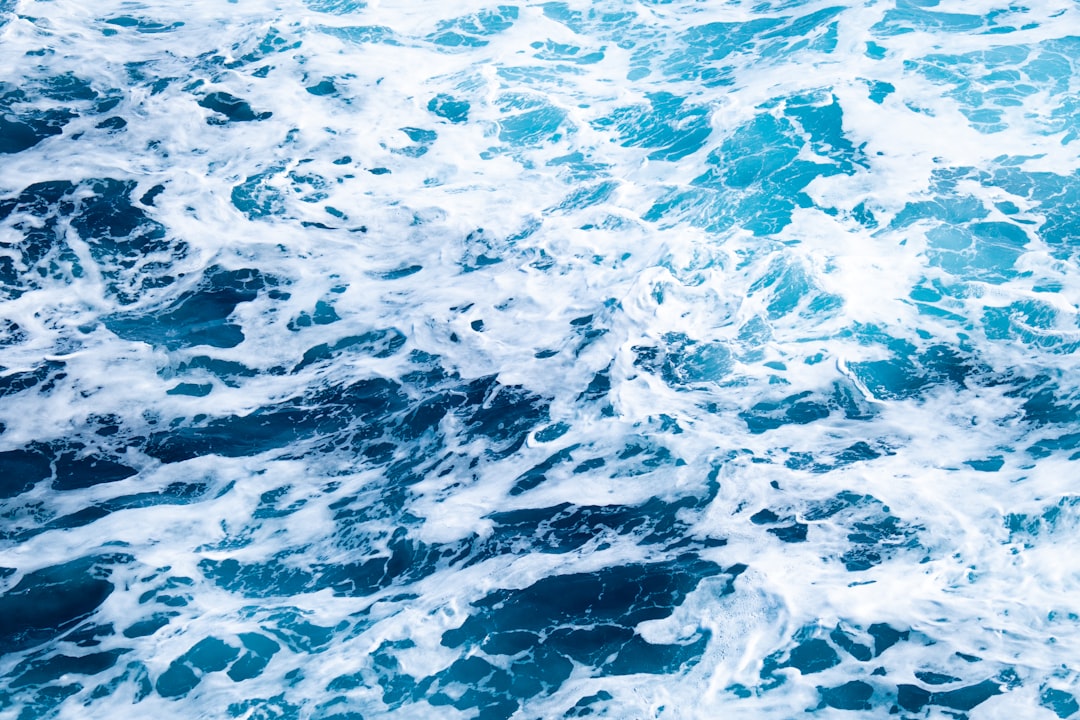The Drake Passage, a body of water that separates South America from Antarctica, is renowned for its tumultuous seas and rich biodiversity. Named after the English explorer Sir Francis Drake, who navigated these waters in the late 16th century, the passage has become a focal point for adventurers, scientists, and wildlife enthusiasts alike. Stretching approximately 600 kilometers (370 miles) from Cape Horn to the South Shetland Islands, the Drake Passage is not only a critical maritime route but also a unique ecological zone that plays a significant role in global oceanic currents.
The waters are notorious for their unpredictable weather and rough seas, which can challenge even the most seasoned sailors. However, this unpredictability is part of what makes the Drake Passage so captivating.
It serves as a gateway to one of the last great wildernesses on Earth, where the stark beauty of icebergs and the majesty of marine life await those brave enough to traverse its waters.
Key Takeaways
- The Drake Passage is a body of water between South America’s Cape Horn and the South Shetland Islands of Antarctica, known for its challenging sailing conditions.
- The unique geography of the Drake Passage includes the Antarctic Convergence, where cold Antarctic waters meet warmer sub-Antarctic waters, creating a distinct ecological boundary.
- Wildlife encounters in the Drake Passage are abundant, with opportunities to see various species of whales, seals, and seabirds, including albatross and petrels.
- The Drake Passage holds historical significance as the route taken by famous explorers such as Sir Francis Drake and Charles Darwin on their voyages to Antarctica and the South Pole.
- The weather and climate in the Drake Passage are characterized by strong winds, rough seas, and rapidly changing conditions, making it one of the roughest seas in the world.
- Adventure activities in the Drake Passage include kayaking, hiking, and camping, providing opportunities for travelers to experience the remote and rugged environment.
- Scientific research in the Drake Passage focuses on oceanography, climate change, and marine biology, with ongoing studies to understand the region’s unique ecosystem and its global impact.
- Safety and navigation in the Drake Passage require careful planning and experienced crew, as the area is known for its challenging sailing conditions and potential for extreme weather.
- Cultural and indigenous connections to the Drake Passage are reflected in the history and traditions of the indigenous peoples of the region, as well as in the stories and legends of early explorers.
- Conservation efforts in the Drake Passage aim to protect the area’s unique ecosystem and wildlife, with initiatives focused on sustainable tourism and marine conservation.
- Tips for exploring the Drake Passage include packing appropriate clothing for the cold and windy conditions, choosing a reputable tour operator, and being prepared for the potential challenges of sailing through the passage.
The Unique Geography of the Drake Passage
The geography of the Drake Passage is characterized by its deep waters and complex oceanic currents. The passage connects the Atlantic and Pacific Oceans, creating a unique confluence of marine environments. The depth of the passage reaches over 4,000 meters (13,123 feet) in some areas, making it one of the deepest oceanic channels in the world.
This depth contributes to the dynamic nature of the waters, where cold Antarctic currents collide with warmer waters from the north, resulting in turbulent seas that can change rapidly. The topography beneath the surface is equally fascinating. The underwater landscape features ridges, valleys, and seamounts that influence marine life and ocean currents.
These geological formations create habitats for various species, making the Drake Passage a hotspot for biodiversity. The unique geography not only shapes the physical characteristics of the passage but also plays a crucial role in global climate patterns by facilitating the movement of water masses between oceans.
Wildlife Encounters in the Drake Passage

The Drake Passage is a haven for wildlife, attracting an array of species that thrive in its nutrient-rich waters. Among the most iconic inhabitants are various species of whales, including humpback, minke, and orca whales. These majestic creatures can often be spotted breaching the surface or feeding in the nutrient-dense waters.
The passage serves as a migratory route for these whales, who travel vast distances between feeding and breeding grounds. In addition to whales, seabirds such as albatrosses and petrels are commonly seen soaring above the waves. The sight of these magnificent birds gliding effortlessly on ocean breezes is a highlight for many travelers.
The rich marine ecosystem also supports a variety of seals and penguins, particularly during the breeding season when colonies gather on ice floes and rocky shores. The opportunity to witness such diverse wildlife in their natural habitat makes exploring the Drake Passage an unforgettable experience for nature lovers.
Historical Significance of the Drake Passage
| Aspect | Details |
|---|---|
| Discovery | Discovered by Sir Francis Drake in 1578 |
| Exploration | Important route for early explorers like Magellan and Shackleton |
| Scientific Significance | Key area for oceanographic and climate research |
| Maritime Importance | Critical passage for global shipping and trade |
The historical significance of the Drake Passage cannot be overstated. It has long been a critical maritime route for explorers and traders seeking to navigate between the Atlantic and Pacific Oceans. Sir Francis Drake’s expedition in 1578 marked one of the first recorded passages through these treacherous waters, paving the way for future explorers and establishing the passage as a vital link in global trade routes.
Throughout history, the Drake Passage has been both feared and revered by sailors due to its unpredictable weather and rough seas. Many ships have met their fate in these waters, leading to tales of shipwrecks and maritime disasters that have become part of maritime lore. The passage has also played a role in scientific exploration, with early expeditions contributing to our understanding of oceanography and marine biology.
Today, it continues to be a site of exploration and discovery, drawing researchers eager to study its unique ecosystems.
Weather and Climate in the Drake Passage
The weather in the Drake Passage is notoriously unpredictable, characterized by rapidly changing conditions that can shift from calm to stormy within moments. The region experiences strong winds and high waves, particularly during the winter months when storms are more frequent. This volatility is primarily due to its location at the convergence of several oceanic currents and weather systems, making it a challenging environment for navigation.
Temperatures in the Drake Passage vary significantly depending on the season. In summer, temperatures can range from mild to cool, while winter brings frigid conditions that can lead to ice formation. Despite its harsh climate, the passage’s weather patterns play a crucial role in shaping its marine ecosystems.
The mixing of cold Antarctic waters with warmer currents creates nutrient-rich upwellings that support diverse marine life, making it an essential area for both wildlife and scientific research.
Adventure Activities in the Drake Passage

For adventure seekers, the Drake Passage offers a plethora of thrilling activities that cater to various interests. One of the most popular pursuits is whale watching, where travelers can embark on boat tours to observe these magnificent creatures in their natural habitat. The excitement of spotting a breaching whale or witnessing a pod of orcas hunting is an experience that leaves lasting memories.
Kayaking is another exhilarating way to explore the passage’s stunning landscapes and wildlife up close. Paddling through icy waters surrounded by towering glaciers provides a unique perspective on this remote region. Additionally, many expedition cruises offer opportunities for hiking on nearby islands or participating in guided excursions to observe penguin colonies and other wildlife.
These adventure activities not only provide an adrenaline rush but also foster a deeper appreciation for the natural beauty and ecological significance of the Drake Passage.
Scientific Research in the Drake Passage
The Drake Passage serves as an important site for scientific research due to its unique ecological characteristics and role in global ocean circulation. Researchers from around the world flock to this region to study various aspects of marine biology, oceanography, and climate science. The passage’s nutrient-rich waters support diverse marine life, making it an ideal location for studying food webs and ecosystem dynamics.
One significant area of research focuses on understanding how climate change impacts ocean currents and marine ecosystems in the Drake Passage. Scientists monitor changes in water temperature, salinity, and nutrient levels to assess how these factors influence marine biodiversity. Additionally, studies on migratory patterns of whales and seabirds provide valuable insights into how environmental changes affect these species’ behaviors and habitats.
The ongoing research conducted in this region contributes to broader efforts to understand and mitigate the impacts of climate change on our oceans.
Safety and Navigation in the Drake Passage
Navigating the Drake Passage requires careful planning and consideration due to its challenging conditions. Mariners must be well-prepared for sudden weather changes and rough seas that can arise without warning. Experienced captains often rely on advanced navigation technology and weather forecasting tools to ensure safe passage through these treacherous waters.
Safety protocols are paramount for those embarking on expeditions in the Drake Passage. Travelers are advised to follow guidelines provided by tour operators and expedition leaders, including wearing appropriate clothing for cold weather and being aware of safety procedures onboard vessels. Understanding the unique challenges posed by this region enhances not only safety but also enriches the overall experience as adventurers engage with one of nature’s most powerful environments.
Cultural and Indigenous Connections to the Drake Passage
The cultural significance of the Drake Passage extends beyond its geographical features; it is also intertwined with indigenous histories and narratives. Indigenous peoples from South America have long inhabited coastal regions near Cape Horn, where they have developed rich cultural traditions connected to their maritime environment. These communities possess deep knowledge about local ecosystems and have historically relied on marine resources for sustenance.
In contemporary times, there is a growing recognition of the importance of incorporating indigenous perspectives into discussions about conservation and sustainable practices in regions like the Drake Passage. Collaborative efforts between scientists and indigenous communities aim to blend traditional ecological knowledge with modern scientific research, fostering a more holistic understanding of this unique environment.
Conservation Efforts in the Drake Passage
Conservation efforts in the Drake Passage are crucial for protecting its fragile ecosystems and ensuring sustainable use of its resources. Various organizations work tirelessly to raise awareness about environmental issues affecting this region, including overfishing, pollution, and climate change. Initiatives aimed at preserving marine habitats focus on promoting responsible tourism practices that minimize human impact on wildlife.
Marine protected areas have been established within parts of the Drake Passage to safeguard critical habitats for species such as whales, seals, and seabirds. These protected zones serve as sanctuaries where marine life can thrive without interference from human activities. Ongoing research plays a vital role in informing conservation strategies by providing data on species populations and ecosystem health.
Tips for Exploring the Drake Passage
For those planning an adventure in the Drake Passage, preparation is key to ensuring a safe and enjoyable experience. Travelers should consider booking with reputable expedition companies that prioritize safety and environmental responsibility.
Packing appropriately is essential due to the variable weather conditions encountered in the passage. Layered clothing designed for cold temperatures, waterproof gear, and sturdy footwear are recommended for outdoor activities. Additionally, travelers should familiarize themselves with safety protocols onboard vessels and remain attentive to guidance from expedition leaders during excursions.
In conclusion, exploring the Drake Passage offers an unparalleled opportunity to engage with one of Earth’s most dynamic marine environments. From its unique geography and rich biodiversity to its historical significance and ongoing conservation efforts, this remarkable body of water continues to captivate adventurers and researchers alike. With careful planning and respect for its natural wonders, visitors can create lasting memories while contributing to the preservation of this extraordinary region.
The Drake Passage is renowned for its challenging sailing conditions, often described as one of the most treacherous sea routes in the world. This narrow body of water between the southern tip of South America and Antarctica is notorious for its unpredictable weather and strong currents. For those interested in learning more about the geographical and historical significance of the Drake Passage, a related article can be found on MyGeoQuest. This article delves into the unique characteristics of the passage and its role in global ocean circulation. You can read more about it by visiting this page on MyGeoQuest.
WATCH NOW! Drake Passage: Earth’s Deadliest Waters Revealed
FAQs
What is Drake Passage?
Drake Passage is the body of water between the southern tip of South America and the northern tip of the Antarctic Peninsula. It connects the southwestern part of the Atlantic Ocean with the southeastern part of the Pacific Ocean.
What is the weather like in Drake Passage?
The weather in Drake Passage is known for being extremely unpredictable and can change rapidly. It is characterized by strong winds, rough seas, and frequent storms. The area is also notorious for its high waves and challenging sailing conditions.
What is the wildlife like in Drake Passage?
Drake Passage is home to a diverse range of wildlife, including various species of seabirds, whales, and seals. It is a popular area for birdwatching and wildlife enthusiasts due to the abundance of species that can be found in the region.
What is the experience of crossing Drake Passage like?
Crossing Drake Passage can be a challenging and exhilarating experience due to the rough seas and unpredictable weather conditions. It is often referred to as the “Drake Shake” due to the rough sailing conditions, but it can also be a rewarding experience for those who are interested in exploring the remote and pristine wilderness of the Antarctic region.
